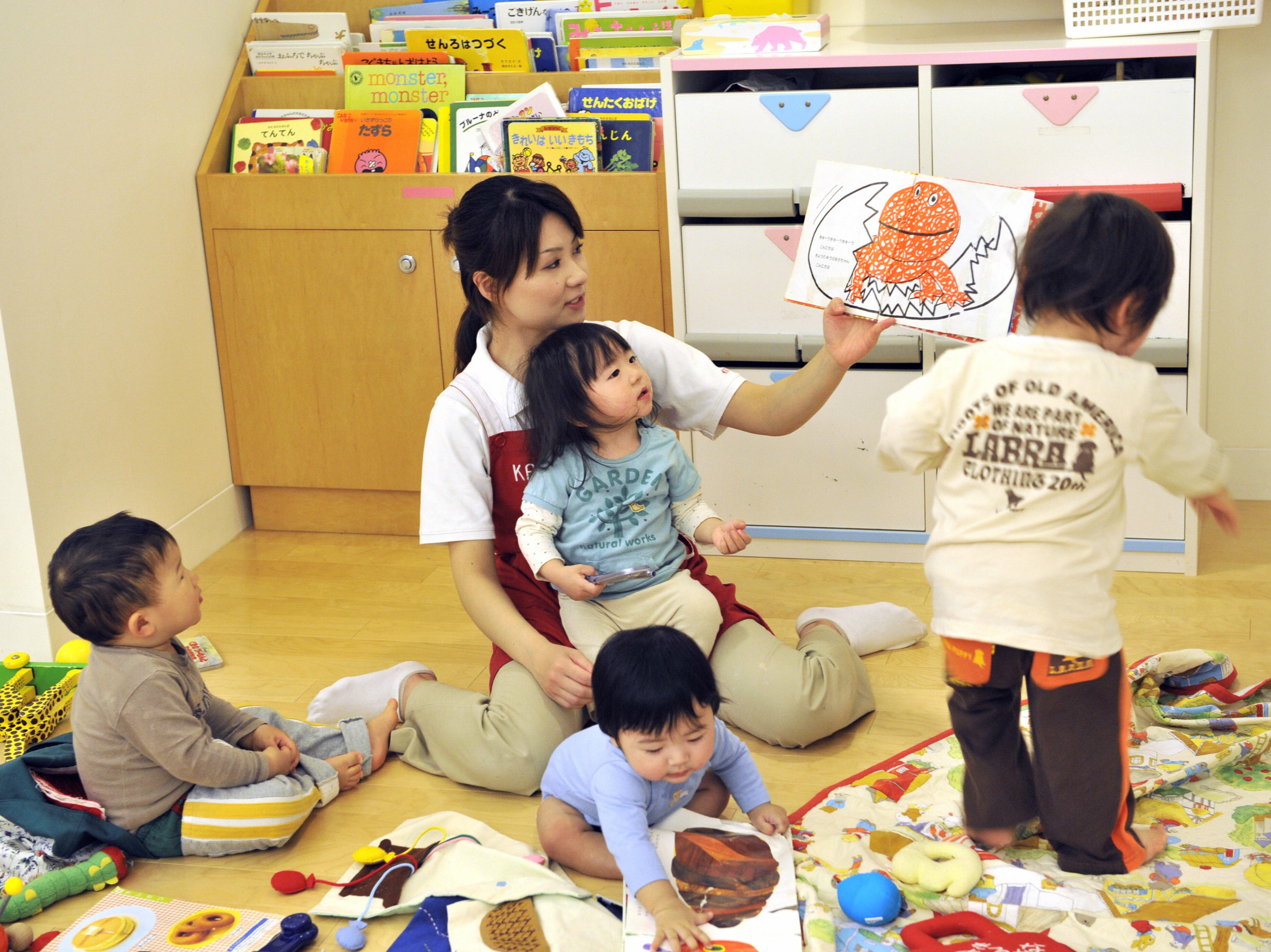Japan saw nearly one million more deaths than births in 2024 in the largest annual population decline since records began six decades ago.
Latest data from the Ministry of Internal Affairs and Communications showed only 686,061 births last year, the lowest since 1899, and as many as 1.59 million deaths, bringing the total population to 124.33 million.
The population not only fell for the 16th straight year, it saw the steepest decline since Japan began collecting comparable data in 1950.
The year-on-year shrinking of population has caused anxiety over a declining workforce that could severely impact the country’s economy and threaten national security.
While the population of indigenous Japanese shows no signs of stabilising, the number of foreign residents in the country is breaking records, reaching a high 3.6 million as of 1 January 2025 to make up 3 per cent of the total population.
Towns and villages are emptying out in record numbers, with nearly four million homes abandoned over the past two decades.

Japan is grappling not just with a declining population but an ageing one as well. Nearly three of every 10 people are now aged 65 or older. By 2070, four out of 10 people are projected to be over 65 and the total population is estimated to fall to just 87 million.
The prime minister has called the demographic crisis a "quiet emergency", promising free childcare to help married couples balance work and parenting. But most such efforts to reverse the trend of low births have made little to no progress so far.
Experts say the government’s measures have largely focused on married couples and ignored the growing number of young people reluctant to marry.
The younger generation is increasingly reluctant to marry or have children due to bleak job prospects, high living costs and a corporate culture that adds extra burdens for women and working mothers, experts point out.







